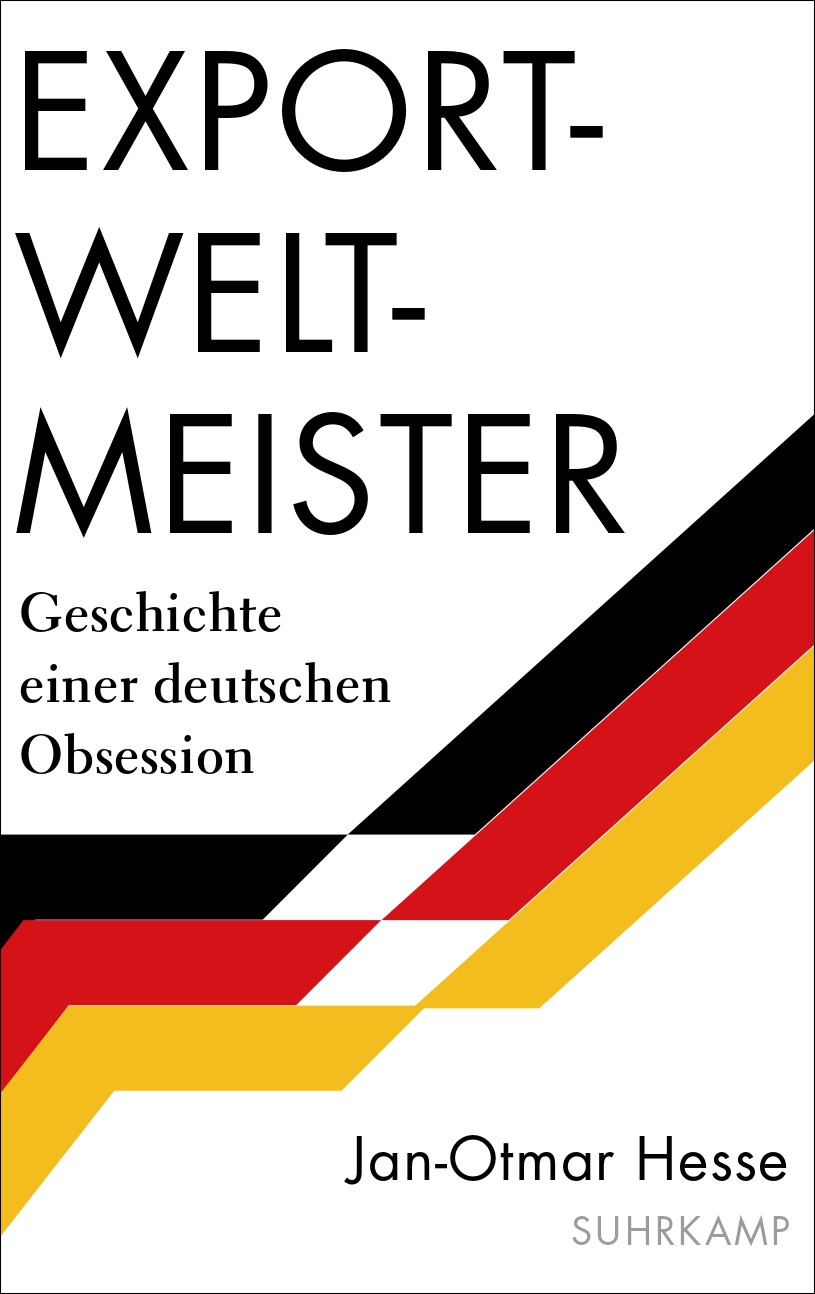Exportweltmeister
The modern German economy is closely integrated into the global division of labor. In 2022, Germany exported goods worth 1.5 trillion euros, accounting for 40 percent of Germany's gross domestic product. This export success was achieved despite the ongoing consequences of the coronavirus crisis and the Russian war of aggression on Ukraine, which continues to weigh on the global economy even after the energy price shock stabilized. However, Germany’s export surpluses have declined in recent years and no longer reach levels of 250 billion euros or 7% of GDP. Regardless, exports still significantly exceed imports and the export industry is one of the drivers of domestic prosperity.
This book tells the story of how Germany became so export oriented and why export strength has had such a lasting impact on the German growth model. It argues that German export products themselves cannot explain Germany's sustained export success by means of competitive advantages or production cost advantages. The country’s export success remains so durable and sustainable, affects such a large group of different products and sectors, and has survived even the deepest crises and upheavals in the political system, which makes such explanations inadequate. The book shows that the export orientation of foreign trade politicians and entrepreneurs, compounded over several generations, is an important factor in Germany's export success. The term "export world champion,“ which has been in common use since 1986, the first year that the Federal Republic exported more goods than any other country in the world, is a revealing linguistic expression of a widespread cultural need to export.
Download materials for the book:
English Summary: Link
Figure 1: Total value of exports of the six strongest exporting countries 1980-2022
Figure 2: German trade balance 1870-2022
Charts 4-9: Product structure of German exports by SITC, 1913-2019: 4, 5, 6, 7, 8, 9
Figure 10: Nominal and real exchange rates 1960-1990 - Explanations and sources
Table 5: Federal government expenditure to promote foreign trade 1970-1984
Table 6: German FDI (outflow and stock) 1962-2021

